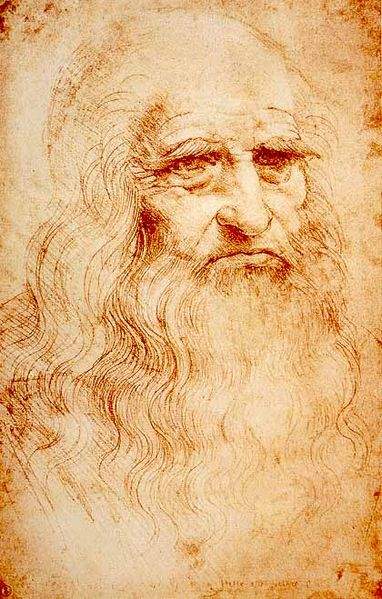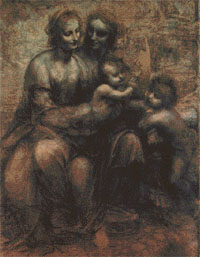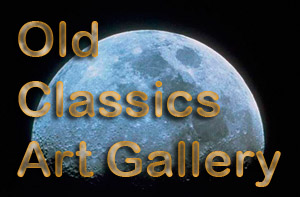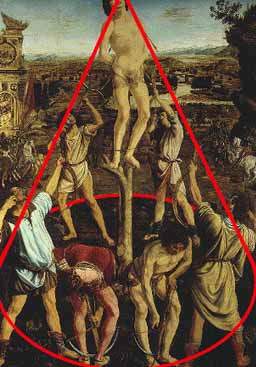 |
The
Leonardo Cartoon
LEONARDO
1510s
Full
title ‘Cartoon: The Virgin and Child with Saint John the Baptist and Saint
Anne(?)’ Black chalk, heightened with white, on paper; not pricked for
transfer to panel., 141.5 x 104.6 cm No. 6337, Purchased with a special
grant and contributions from the NACF, the Pilgrim Trust and through a
public appeal organised by the NACF; presented by the NACF, 1962.
Perhaps
drawn in the mid-1490s. Later (in 1500-01) Leonardo made another cartoon
(now lost) of the Virgin and Child with Saint Anne.
A
painting by Leonardo of similar subject but different design (and clearly
later in date) is in the Louvre. A painted variant of the picture, by Luini,
is in the Ambrosiana in Milan.
Leonardo
di ser Piero da Vinci (April 15, 1452 – May 2, 1519) was an Italian polymath:
scientist, mathematician, engineer, inventor, anatomist, painter, sculptor,
architect, musician, and writer.
He
was born and raised in Vinci, Italy, the illegitimate son of a notary,
Messer Piero, and a peasant woman, Caterina. He had no surname in the modern
sense; "da Vinci" simply means "of Vinci". His full birth name was "Leonardo
di ser Piero da Vinci", meaning "Leonardo, son of (Mes)ser Piero from Vinci."
Leonardo
has been described as the archetype of the "Renaissance man", a man infinitely
curious and equally inventive. He is widely considered to be one of the
greatest painters of all time, and perhaps the most intelligent and capable
man ever to have lived.
It
is primarily for his painted works that Leonardo has been held in renown,
even during his own lifetime. Two of his works, the Mona Lisa and The Last
Supper occupying unique positions as the most famous, the most illustrated
and most imitated portrait and religious painting of all time, only approached
in fame by Michelangelo's Creation of Adam. His drawing of the Vitruvian
Man is also iconic |
 The Virgin and Child with Saint
John
The Virgin and Child with Saint
John
|
As
an engineer, Leonardo conceived ideas vastly ahead of his own time, conceptually
inventing a helicopter, a tank, the use of concentrated solar power, a
calculator, a rudimentary theory of plate tectonics, the double hull, and
many others. Relatively few of his designs were constructed or were feasible
during his lifetime. [2]Some of his smaller inventions such as an automated
bobbin winder and a machine for testing the tensile strength of wire entered
the world of manufacturing unheralded.
In
practice, he greatly advanced the state of knowledge in the fields of anatomy,
astronomy, civil engineering, optics, and the study of water (hydrodynamics).
Of his works, only a few paintings survive, together with his notebooks
(scattered among various collections) containing drawings, scientific diagrams,
and notes. |
|
|






